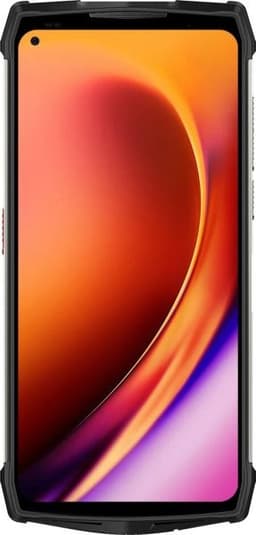- Archive
- Samsung Galaxy A16 5G vs Ulefone Power Armor 13
Samsung Galaxy A16 5GvsUlefone Power Armor 13
We compare these two popular phones to help you decide which one fits your needs and budget better.

Quick Stats

Quick Stats
Note: Highlighted specifications show differences between the two devices.
| Metric | Samsung Galaxy A16 5G | Ulefone Power Armor 13 |
|---|---|---|
| Connectivity | #403 Winner | #701 |
| Design | #452 | #375 Winner |
| Display | #356 Winner | #734 |
| Performance | #641 | #514 Winner |
| Battery | #473 Winner | #597 |
| Camera | #585 | #452 Winner |
Note: Lower rank number indicates a better position in category.
No significant specification differences found between these devices.
Samsung Galaxy A16 5G
Strengths
Weaknesses
Ulefone Power Armor 13
Strengths
Weaknesses
Samsung Galaxy A16 5G
Samsung Galaxy A16 5G: Vibrant 5G display, triple-camera system, and all-day battery in a budget-friendly, durable design for seamless connectivity and performance.
Ulefone Power Armor 13
The Ulefone Power Armor 13 is a behemoth of a phone, weighing in at an astonishing 492 grams, making it the largest and heaviest device I've ever had the pleasure of trying. While its size may be intimidating, this rugged phone packs a punch with its impressive feature set. Under the hood, you'll find the Mediatek Helio G95 processor paired with 8GB of RAM, delivering snappy performance that's more than capable of handling demanding tasks and games. The phone runs Android 11 out of the box, with a light launcher that feels remarkably close to stock Android. I was impressed by how fast it opens apps, switches between them, and even handles graphics-intensive games like Call of Duty. The display is another highlight, offering a larger screen than most rugged phones, making it perfect for those who need a device that can keep up with their active lifestyle. The battery life is equally impressive, providing days of use without needing to be plugged in. While the cameras are decent, they're not exactly setting any standards. In good light conditions, images are passable, but as soon as you venture into low-light situations, things start to degrade quickly. Video recording maxes out at 4K at 30fps, but lacks stabilization, resulting in shaky footage. The Ulefone Power Armor 13 is a solid choice for those seeking a rugged phone that can keep up with their active lifestyle. Its impressive battery life, larger screen, and robust feature set make it stand out from the competition. However, its massive size and weight may be a turn-off for some users, making it more suited to those who prioritize functionality over form. Overall, I'd say the Ulefone Power Armor 13 is a step up from other rugged phones on the market, but its size and weight may limit its appeal to some. If you're in the market for a reliable and feature-packed phone that can withstand the rigors of daily use, this device is definitely worth considering.
Need help choosing?
Read our detailed reviews to understand which device is better for your specific needs and budget.
Compare other phones
Explore comparisons between any other phones
Choose two different items to see a detailed comparison of their specifications, performance, and features